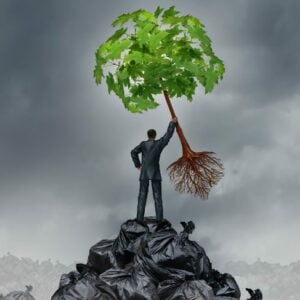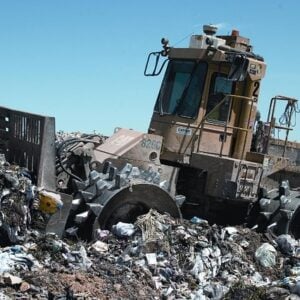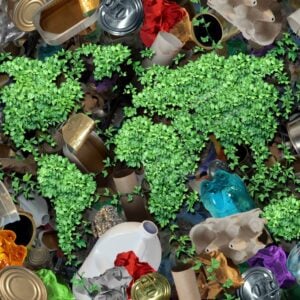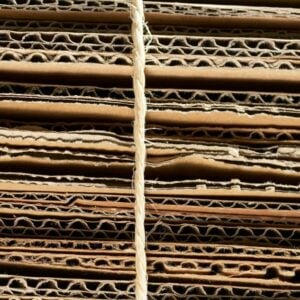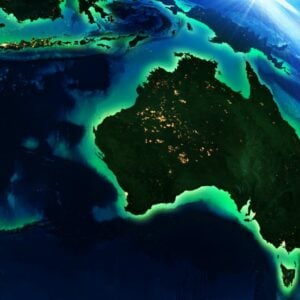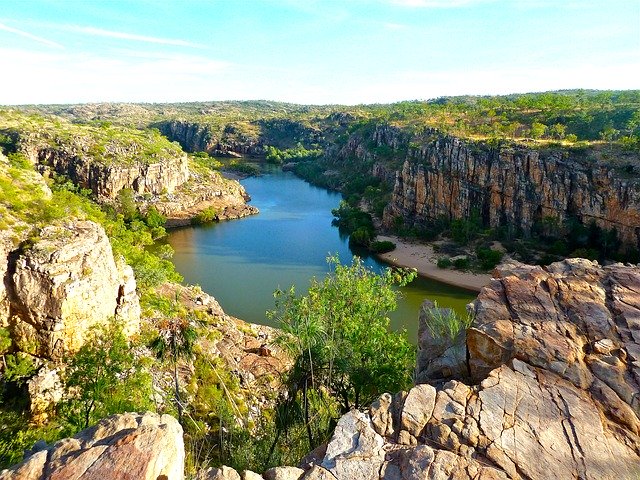
Wildlife Protected Area 🦘 Preserving Biodiversity
Wildlife Protected Area 🦘: One of the most precious gifts that Mother Nature provided us is wildlife. When we say “wildlife”, it not only means the animals we already know of like the popular lion and giraffe but also all kinds of different lifeforms like plants, microorganisms, fungi, birds, and insects.
I know that you know the importance of protecting them. In maintaining ecological balance, we need wildlife as much as we need humans. But the latter does quite the opposite, unfortunately. As a result, many birds and animals become more and more endangered as time goes by. So, what can we do about it? Let me discuss it with you.
>Download Now: Free PDF Business Owners Guide To General Waste Bin Services
A bit about Waster
Before we continue our topic on wildlife protected areas in Australia, let me share with you more information about Waster.
We here at Waster provide you with innovative solutions for your and your business’s waste management and recycling needs. Additionally, we provide flexible, 30-day contracts instead of the typical lock-in contracts, which proves to be better.
Click on the blue button to learn more.
Importance of wildlife conservation
Protecting wildlife areas, or wildlife conservation plays an important role in ensuring the ecological balance of an ecosystem. If even a single species gets extinct, it will ruin the whole food chain, resulting in the destruction of the ecosystem.
Here in Australia, wildlife protected areas are a vital part of the national park system. One example of Australian wildlife protected areas is the Tasmanian Wilderness World Heritage Area. It is a world heritage site located in Tasmania, Australia. One of the largest wildlife-protected areas in Australia, it covers about 20 per cent of Tasmania. But let me ask you this; why do you think wildlife conservation is important? Well, they – according to the NSW government:
- Provide clean air and water
- Store carbon
- Mitigate the effects of climate change on biodiversity
- Act as a storehouse of genetic material from which new food crops, drugs, clothing and other natural products may be discovered
- Allow scientists to compare less-modified natural landscapes with areas that have been changed by modern human activity
- Provide places of inspiration that offer solitude, spiritual significance as well as opportunities for self-reliant recreation activities.
The need to protect
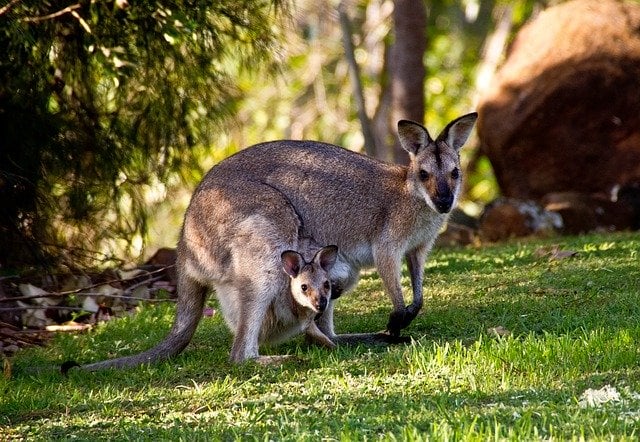
In order to counter the negative effects of the loss of wildlife, every council from all around the world should implement strictly protected wildlife areas. The important reasons for this include the following:
- To provide a safe area for animals and plants – this addresses the habitat destruction problem wildlife currently faces.
- To fight off climate change – protecting wildlife areas helps lessen drastic weather events and fight off an extreme amount of carbon emissions. Additionally, it provides a safe space for plants and animals alike to adapt to an ever-changing climate.
- To honour our country’s heritage and to promote tourism in protected areas – here in Australia, there are many wildlife areas thriving with different kinds of animals, plants and other living things, that define the country, so protecting those areas means preserving our nature and our culture. Animals such as kangaroos, wallabies, and koalas are among the unique animals here in Australia which we need to protect.
- To protect the future – by conserving our wildlife, we guarantee its continuation for periods to come. We remove the possibility of the extinction of wildlife species.
Negative effects experienced by the loss of wildlife conservation
What are other negative effects of the loss of wildlife conservation? Here are examples, according to Conserve Energy Future:
- Habitat destruction – this will result in the endangerment of animals. Without their homes, they lose a way to protect themselves and their offspring.
- Hard time adapting – obviously, losing your home in a flash will render you confused, for sure. That is also the case with animals.
- They lose their stored food – much like humans, animals tend to store food in their homes when bad weather brews like thunderstorms, heavy rain, or any other extreme temperatures like snow. Additionally, their habitat is where they hide from predators. As a result of habitat destruction, they are left vulnerable to other predators.
Human impact
After reading the above sections, you and I can only think of one major culprit for the detriment of wildlife sanctuaries: humans. According to a study, approximately one-third of the world’s sanctuary or wildlife protected areas are unfit for purpose. About 6 million sq km of forests, parks, and conservation areas are suffering greatly from mining, logging and farming.
Although countries have already made efforts to protect their natural heritage, wildlife is still on the brink of decline. Researchers suggest that wildlife protected areas, although labelled “protected”, still undergo the installation of power lines, road buildings and city buildings, thus turning into what we would call “paper parks“. An excerpt from BBC states that:
“What we have shown is that six million sq km have this level of human influence that is harmful to the species they are trying to protect,” the study’s senior author, Prof James Watson from the University of Queensland and the Wildlife Conservation Society, told the BBC’s Science in Action programme.
“It is not passive, it’s not agnostic; it is harmful and that is quite shocking.
“What was scary was that the patterns were consistent everywhere. No nation was behaving very well. All nations were allowing heavy industry inside their protected areas, including very rich nations.
“That’s probably the saddest part of our study – that nations like Australia and the US, which have the resources and have this incredible biodiversity to protect, are not safeguarding those protected areas.
“Many areas in Australia have mining in them; they have significant agriculture like grazing; you see logging in the special sites that are meant to be preserved.”
But even then, we should still prioritise protecting our wildlife areas – either land wildlife protected areas or marine wildlife protected areas. How can this be done?
Efforts done in wildlife conservation
Protecting wildlife areas is much easier said than done. In the United States just last year, their respective House of Representatives voted to authorise a sweeping land protection package to protect 2 million acres of land across the country. 10 places will be protected by the said bill. Additionally, they will receive “wilderness” designations, meaning those places will receive protection at the highest levels. This means no mining, timber farming, vehicles, or bicycles allowed.
Back in Australia, one example I can give is the NSW Wilderness Act 1987, which “provides the legislative framework for the nomination, assessment and declaration of wilderness and its subsequent management”.
Waster: things you need to know
If you’re looking for recycling bins, check our waste recycling shop and find the best deals in terms of pricing and services.
Also, please call 1300 WASTER (1300 927 837), or email us at enquiries@waster.com.au if you have any further questions.
Leave a Reply Cancel reply

Product categories
Most Popular Posts
-
Commercial Waste Management Services: Reduce Waste Collection Costs! 🚍
-
Medical Waste Disposal: Everything You Need To Find Out In 2024! 💉
-
Rubbish Removal Sydney 2024: Better Bin Collections For Business ✅
-
Clinical Waste Disposal 2024: What To Know About Business Clinical Waste ⚕️
-
Secure Document Destruction 2024: All About Security Bins Shredding 🔒
-
Free Cardboard Recycling 2024: Can I Get Free Cardboard Collection? 📦
-
Confidential Paper Disposal Bins 2024: What You Need To Know About Shredding! 🔒
-
Recycling Bins Australia 2024: Recycling Can Boost Your Profits! ♲
-
Commercial Wheelie Bin Collection: What Businesses Need To Know In 2024 🗑️
-
Commingled Recycling 2024: Why Commingled Bin Is Key To Recycling 🍾


